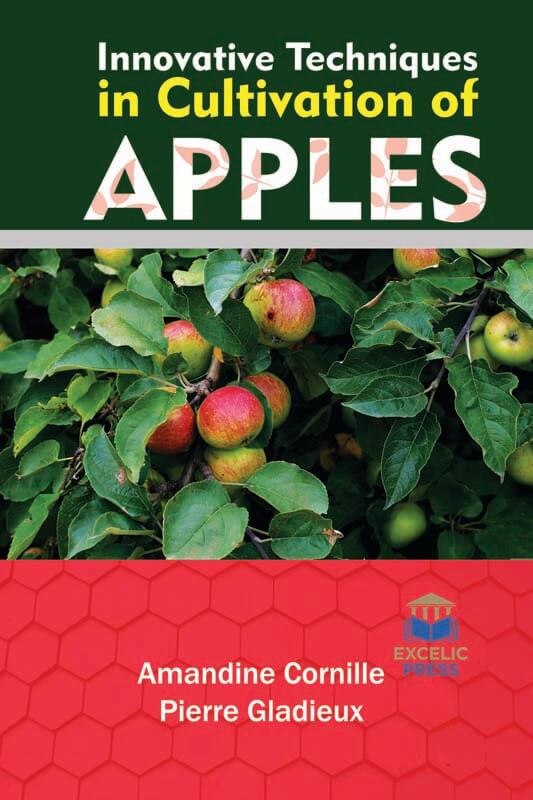A fruit like an apple has held a very important role in culture and is considered one of the most important amongst temperate fruits. We can use its history to study how the domestication of trees took place. The erosion of genetic diversity due to the process of domestication can be debated by looking at the variety and number of ancestors that the domesticated apple had.
This book contains the wide-ranging information of tree and fruit physiology and how it can be applied in breeding better varieties. It also discusses pests and diseases and ways by which they can be prevented or controlled to make cultivation more productive. The apple is a popular and culturally significant fruit of temperate areas. The book starts with an exploration of its origin and its journey to becoming a domesticated fruit provides many insights into the history of cultivation. The most crucial factor in the survival of a plant is the availability of water. A period of limited water supply varying in intensity and duration are experienced by many regions. It particularly stands out as important to maintain high yields over variable growing seasons. The book investigates the water use and response to water shortage in cultivated and wild apples. Drought adaptation is controlled by factors that are directly influenced by the genetic structure of plants. Factors such as anatomy, physiology, and biochemistry determine the drought resistance by working together in complex ways.
Climate change affects mountain ecosystems most severely and thus also affect the communities that live in these regions, especially those that rely on animal husbandry, marginal agriculture and horticulture products. The Himalayas are currently facing severe problems due to aridity, global warming, fluctuations in the rain and unexpected extreme weather conditions which have a powerful impact on the flora and fauna of the region, including agriculture and horticulture crops. Therefore, the study focuses on climate change and apple farming in Indian Himalayas. The book also goes into the apple WGSs with the help of examples of innovations and challenges that they face at a basic and practical level. Recommendations for “what’s next” focus on necessary upgrades to the genome sequence data pool, as well as for use of the data, to reach new frontiers in genomics-based scientific understanding of apple.
The book succeeds with the development and evaluation of polyherbal molluscicidal extracts for control of apple snail and organic management in apple orchards: higher impacts on biological control than on pollination. Finally, the book closes with a review on postharvest physiology and the storage of the golden apple. This book provides a comprehensive reference work, summarizing the knowledge of apples and their production wide-reaching, for students, practitioners, and researchers.














Reviews
There are no reviews yet.